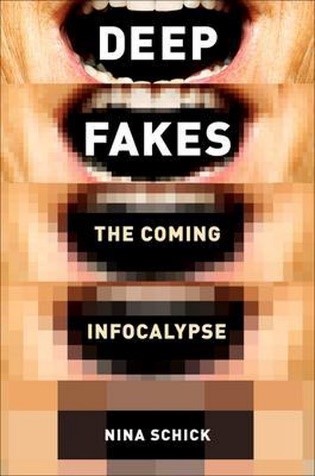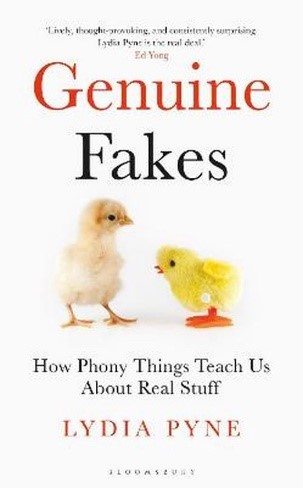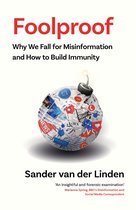The arrangement Disinformation and fake news training is made with Wikiwijs of Kennisnet. Wikiwijs is an educational platform where you can find, create and share learning materials.
- Author
- Last modified
- 23-05-2025 12:09:12
- License
-
This learning material is published under the Creative Commons Attribution 4.0 International license. This means that, as long as you give attribution, you are free to:
- Share - copy and redistribute the material in any medium or format
- Adapt - remix, transform, and build upon the material
- for any purpose, including commercial purposes.
More information about the CC Naamsvermelding 4.0 Internationale licentie.
Additional information about this learning material
The following additional information is available about this learning material:
- Description
- The aim of this training is to teach how to recognize and distinguish different types of fake news and disinformation, and to be able to name the negative effects and dangers of these. This information skills training is intended for students and teachers.
- End user
- leerling/student
- Difficulty
- gemiddeld
- Learning time
- 4 hour 0 minutes
Used Wikiwijs arrangements
Team Informatievaardigheid Hogeschool Rotterdam. (z.d.).
Training desinformatie en nepnieuws
https://maken.wikiwijs.nl/188573/Training_desinformatie_en_nepnieuws

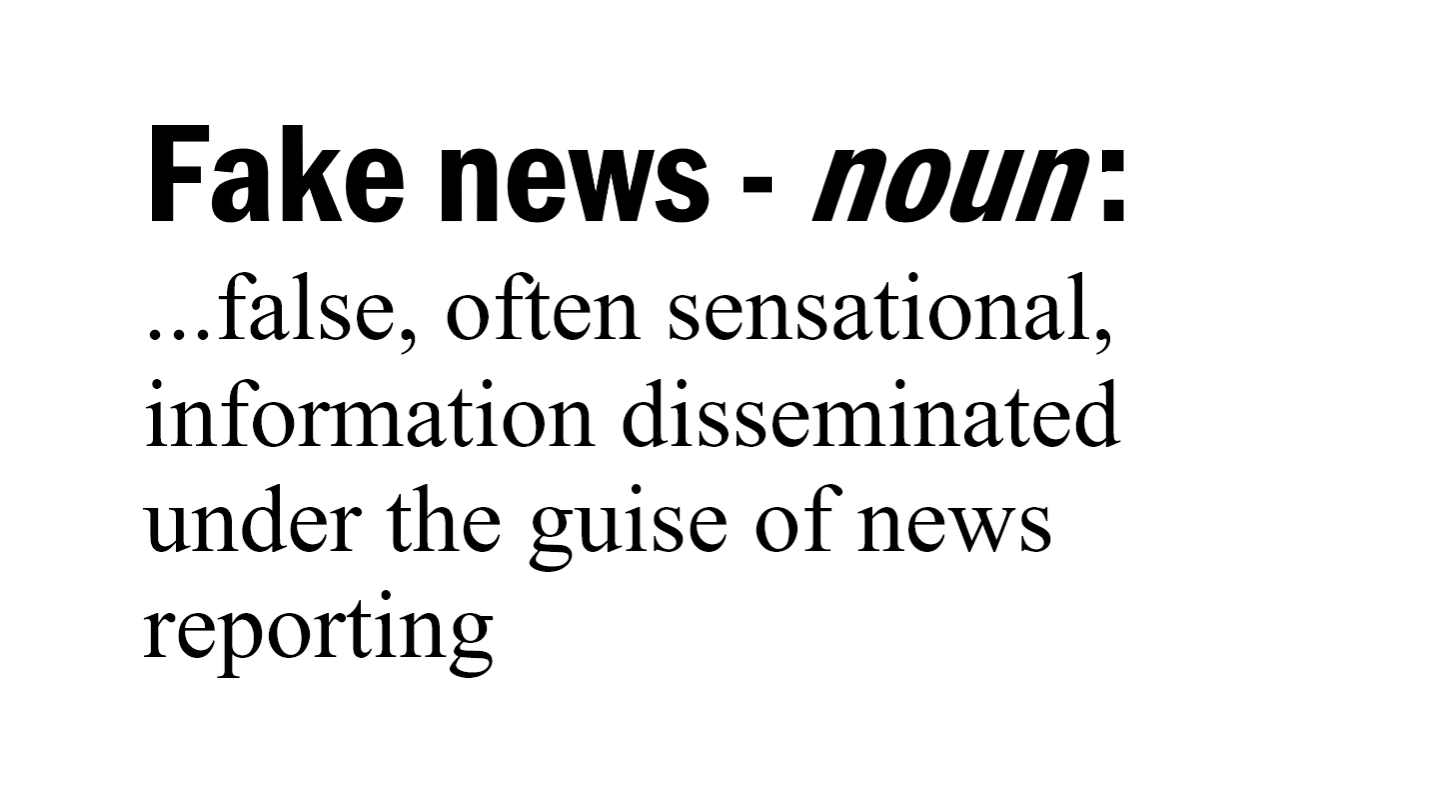 We live in a time where information is readily and widely available, spread faster than ever befoe and through an increasing amount of channels. This applies to information you use for your work, study and private life.
We live in a time where information is readily and widely available, spread faster than ever befoe and through an increasing amount of channels. This applies to information you use for your work, study and private life.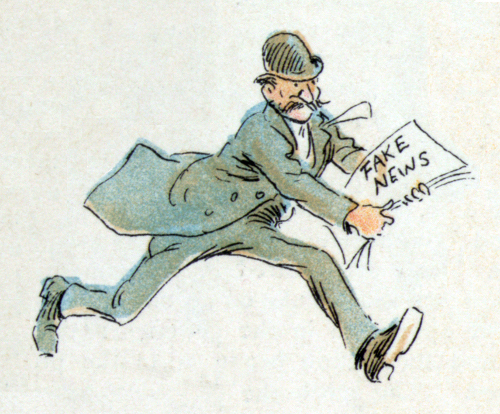

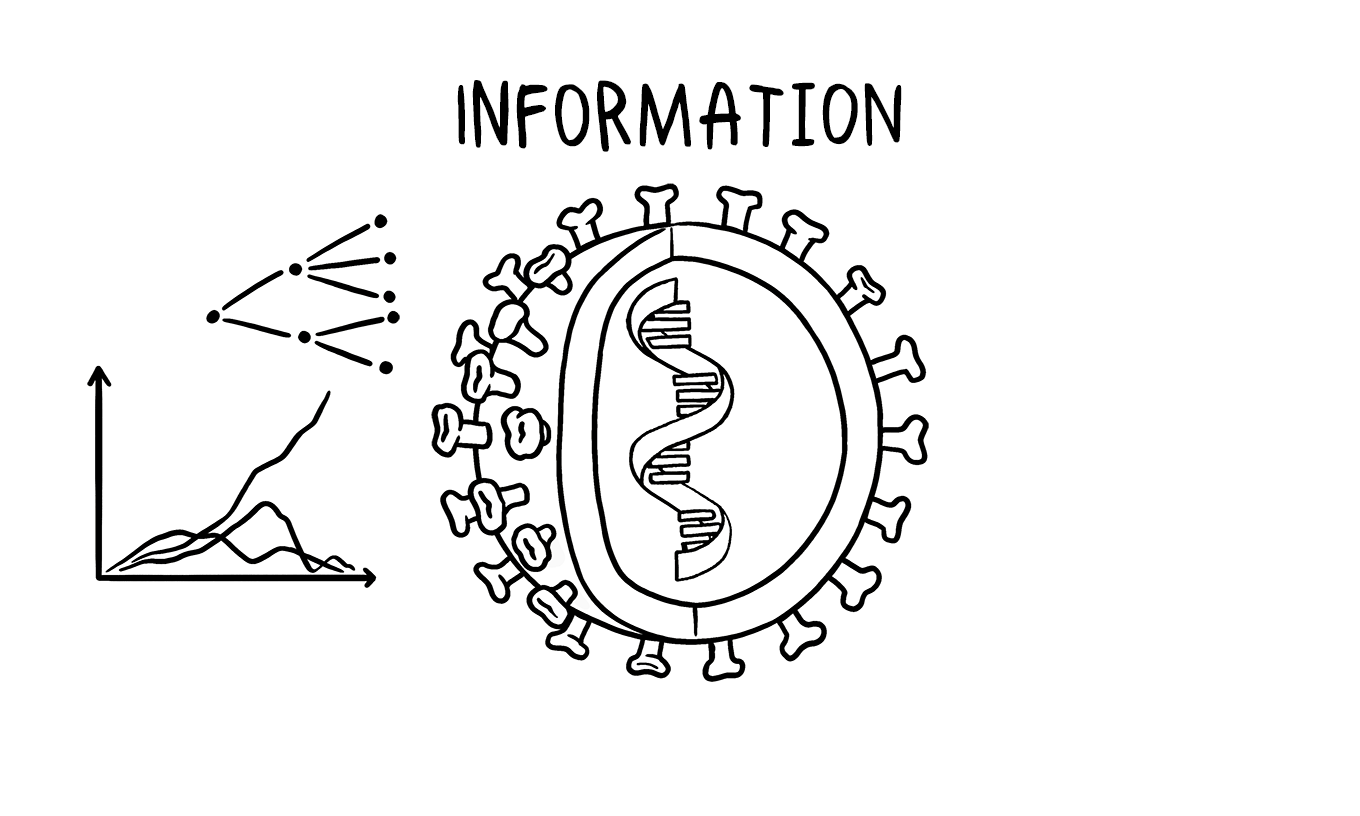

 Confirmation bias
Confirmation bias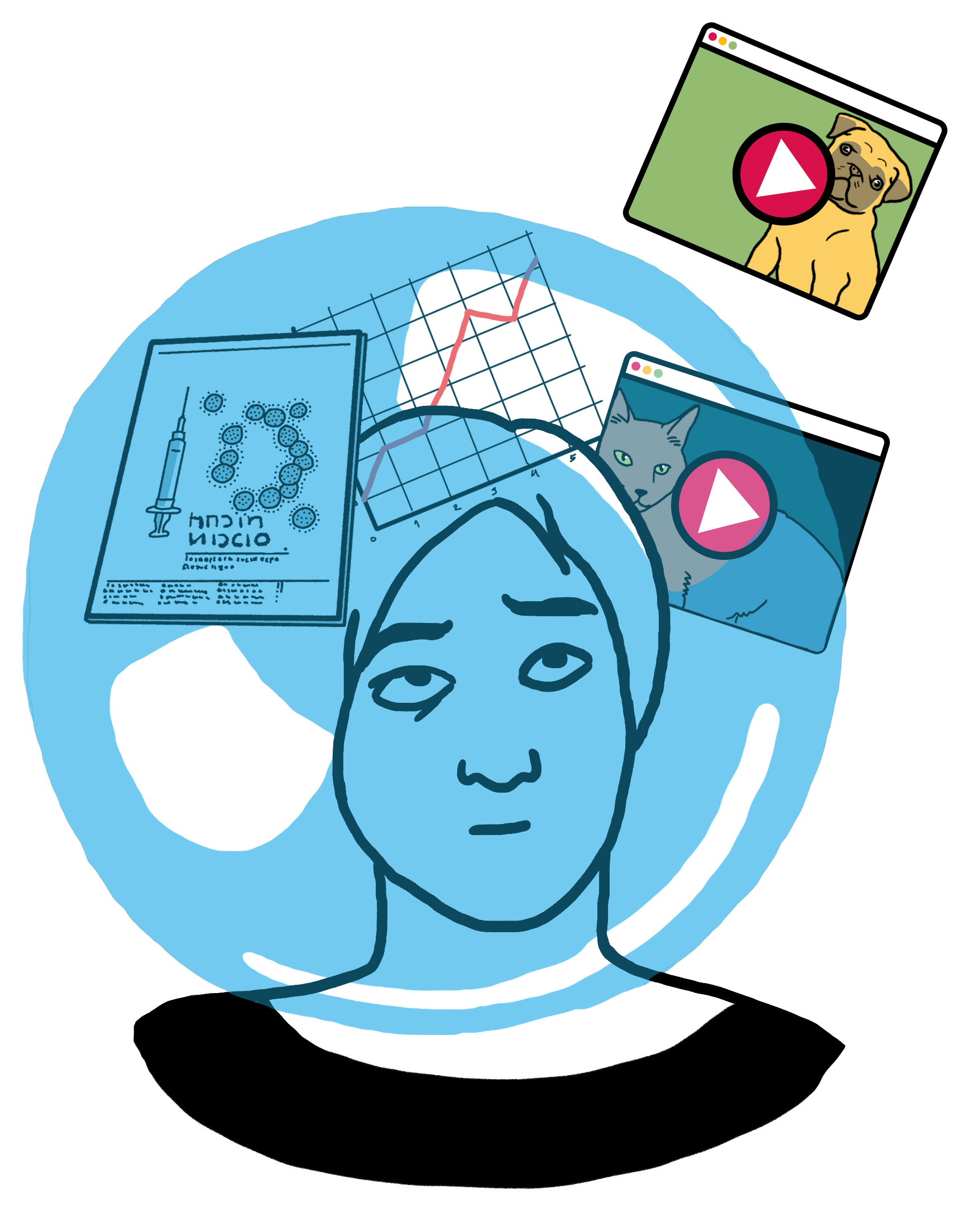
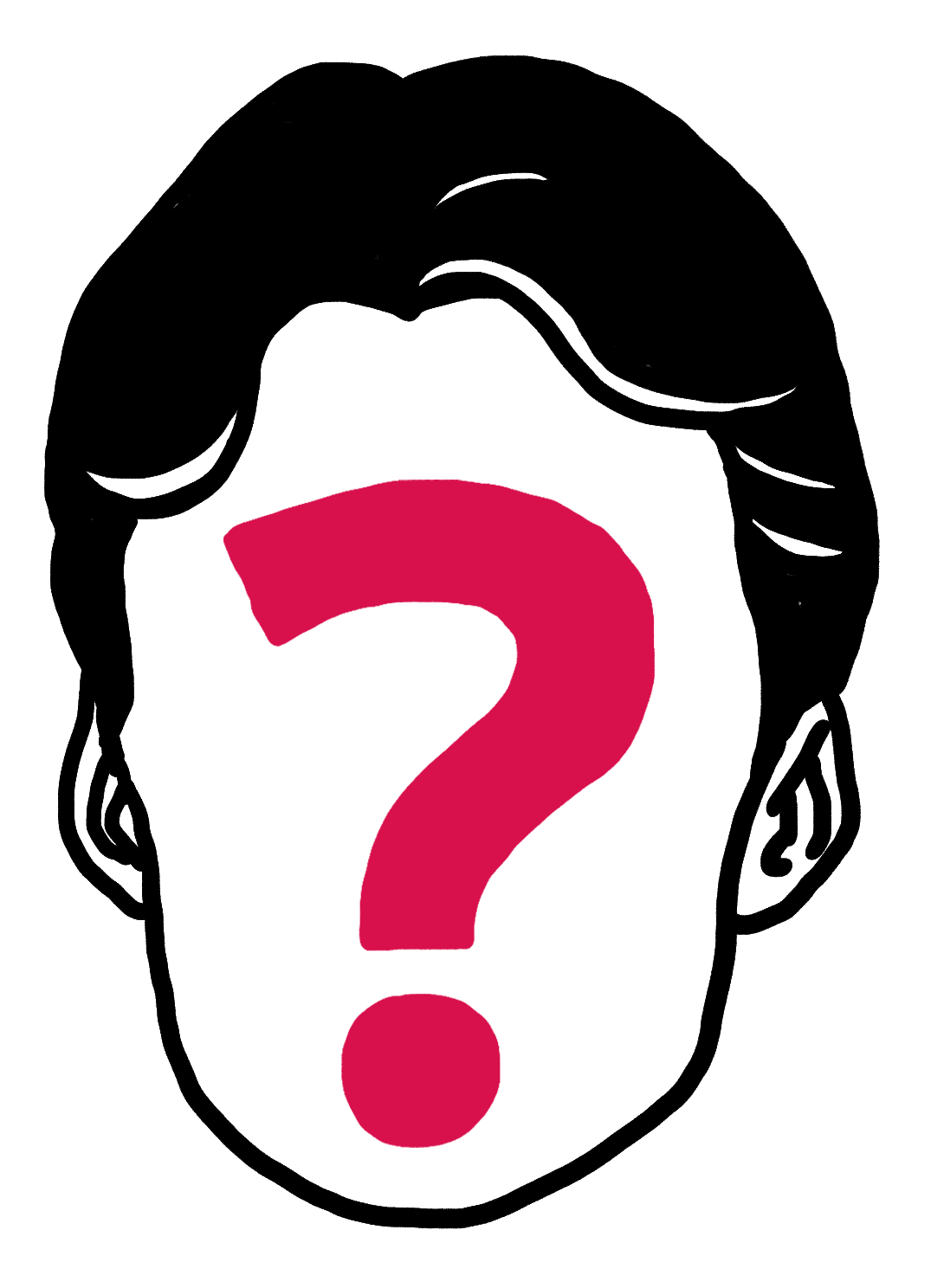 Was your attention drawn by a eye-cathcing headline? Don't immediately assume it is true! Always ask yourself
Was your attention drawn by a eye-cathcing headline? Don't immediately assume it is true! Always ask yourself 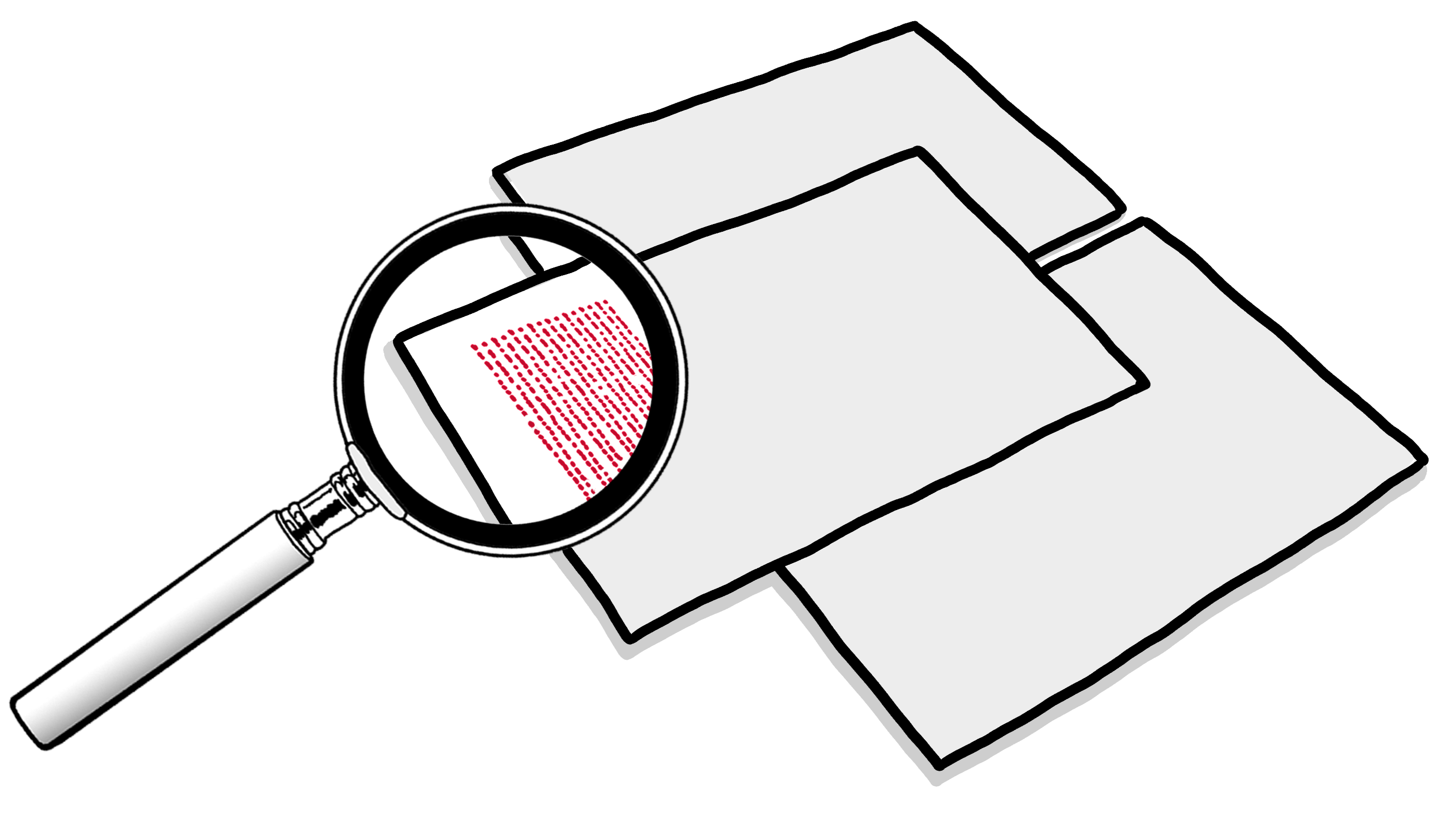 It is quite possible that the questions who, where and why do not provide a definitive answer to the question whether the post is based on fact or fiction. Then what do you do? You look for evidence!
It is quite possible that the questions who, where and why do not provide a definitive answer to the question whether the post is based on fact or fiction. Then what do you do? You look for evidence! Is this really a picture of Natasha Berkelston, alleged Miss USA 2022? Well, you can check that by finding out where else this picture has appeared on the internet! Right-click on the inserted picture of the woman on the left and select 'Search image with Google'. You will find that the woman in the picture is immediately identified as Anna Linnikova, a model and Miss Russia 2022.
Is this really a picture of Natasha Berkelston, alleged Miss USA 2022? Well, you can check that by finding out where else this picture has appeared on the internet! Right-click on the inserted picture of the woman on the left and select 'Search image with Google'. You will find that the woman in the picture is immediately identified as Anna Linnikova, a model and Miss Russia 2022.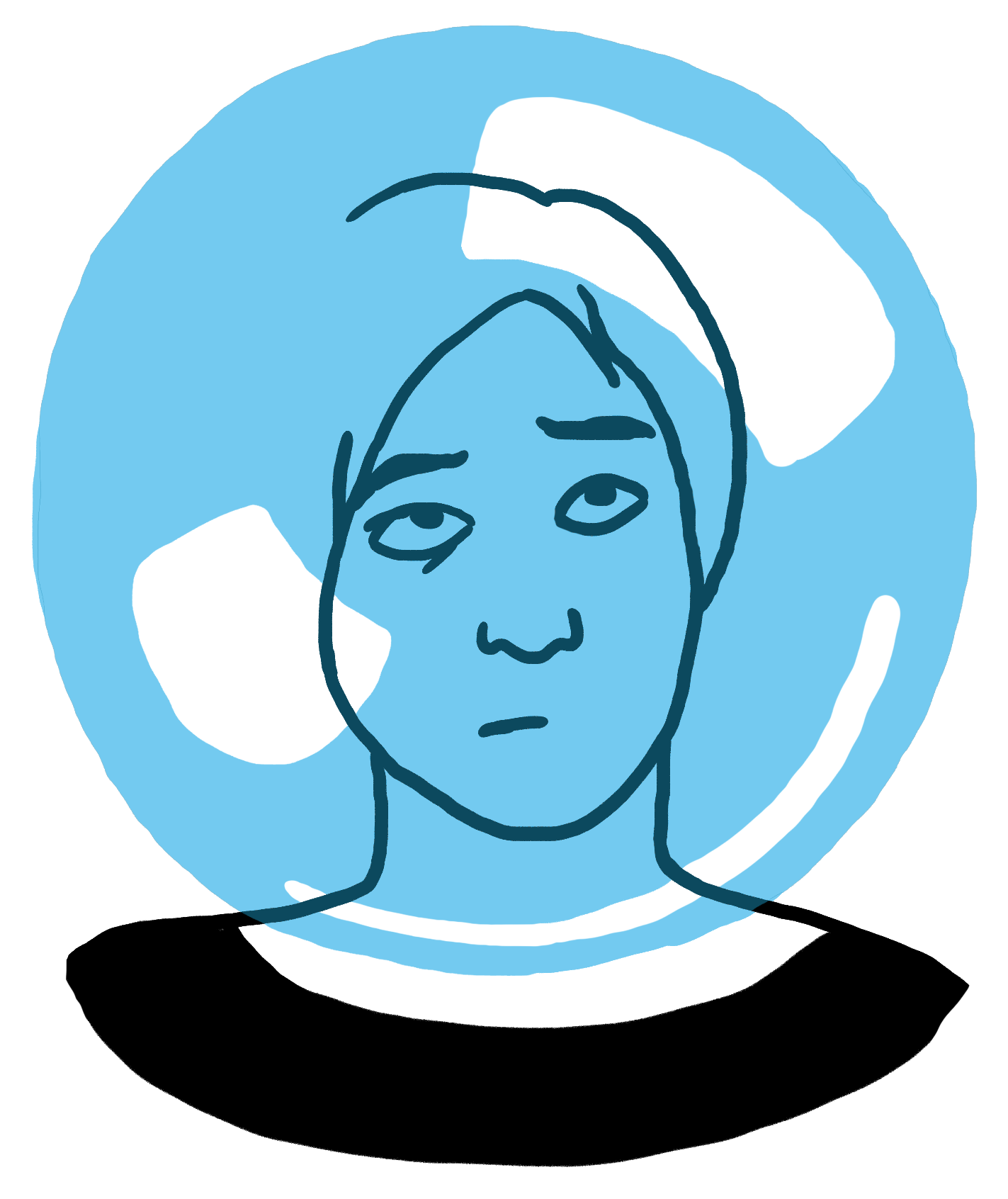 If you come across information that confirms your own opinion you will probably assume it is true without much hesitation, right? Note that this makes you less able to judge information objectively and makes you an easy target to be influenced.
If you come across information that confirms your own opinion you will probably assume it is true without much hesitation, right? Note that this makes you less able to judge information objectively and makes you an easy target to be influenced.